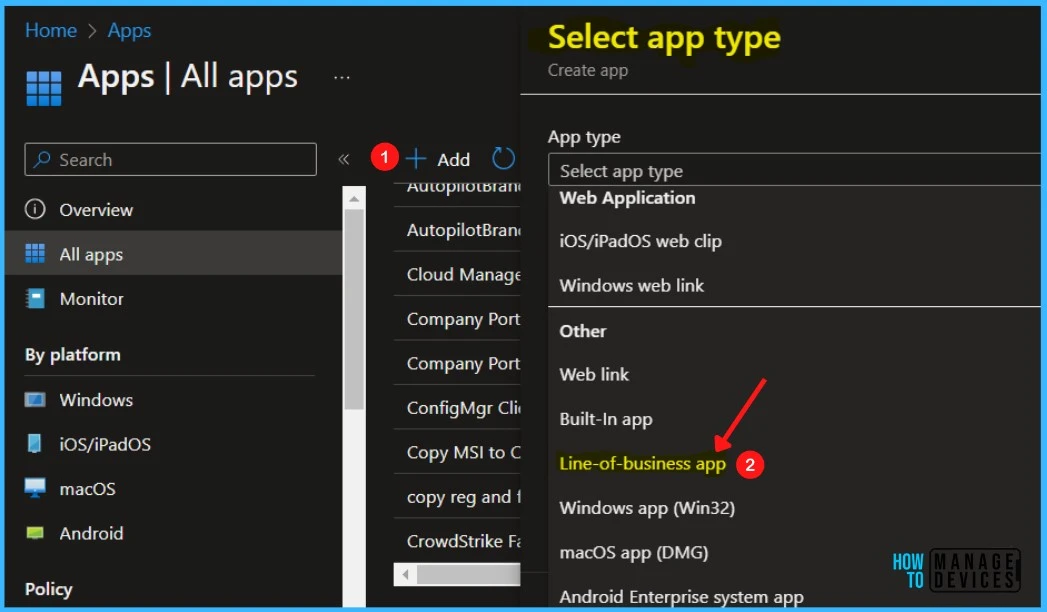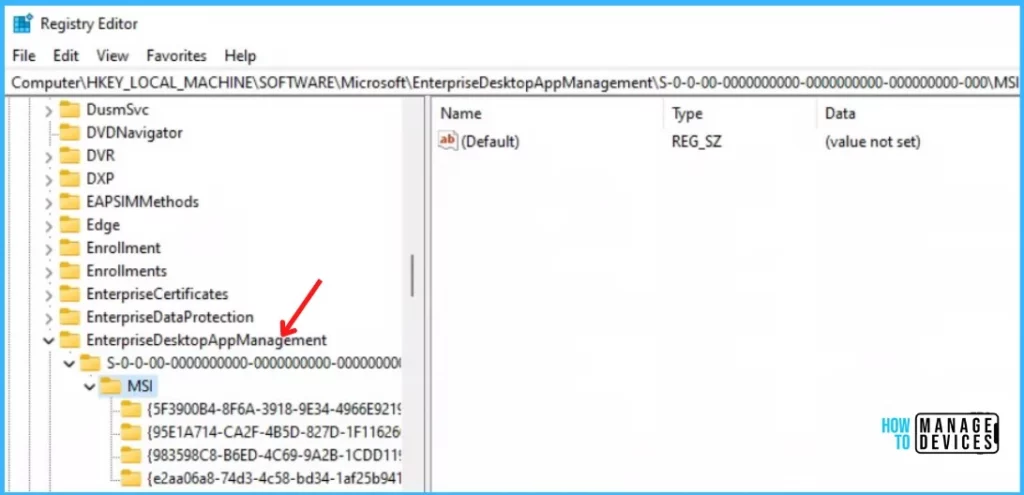In this post, you will learn how to deploy Amazon WorkSpaces using Intune Endpoint Manager. The best method to deploy the Amazon WorkSpaces to Windows 10 or 11 devices is by using the MSI application.
Amazon WorkSpaces eliminate the need to purchase and deploy hardware or install complex software. As your needs change, you can easily add or remove users. Multiple devices and web browsers are supported for accessing virtual desktops.
Amazon WorkSpaces Installation setups are available for different environments. You can easily download the 64-bit application from Amazon WorkSpaces for Windows clients. Click on Get the latest 64 bit client in the portal, and choose the Download button.
The following table gives you all the details for the Amazon WorkSpaces including the silent installation command line, and Product Code. The MSI parameters will be automatically used for the deployment using Intune, If the MSI file needs additional command-line options consider using Intune Win32 app management.
| Name | Command Line | Detection Method |
|---|---|---|
| Amazon WorkSpaces Deployment Tool – Windows Installer (*.msi file) | Install -> msiexec /i “Amazon+WorkSpaces.msi” /q | Windows Installer – {95E1A714-CA2F-4B5D-827D-1F116260FE37} |
- Intune Logs Event IDs IME Logs Details for Windows Client Side Troubleshooting
- Windows 10 MDM Log Checklist – Ultimate Help Guide for ITPro #1
Deploy Amazon Workspaces using Intune
Follow the steps below to upload the MSI file for installing Amazon WorkSpaces. To start with the Intune line-of-business app package creation, keep the downloaded Amazon WorkSpaces.msi setup installation file.
- Sign in to the Microsoft Endpoint Manager admin center https://endpoint.microsoft.com/.
- Select Apps > All apps > Add, or you can navigate to Apps > Windows > Windows Apps.

On the Select app type pane, under the Other app types, select Line-of-business app and click Select.

On the Add app pane, click Select app package file. Select the browse button. Then, select the downloaded application MSI file. Once you select the app file, The app details appear with Name, Platform, Size, and context.
When you’re finished, select OK on the App package file pane.

Enter the Name of the App (For Example – Amazon WorkSpaces), and Enter the description of the app. Enter the Publisher name (Amazon Web Services) and Command-line arguments – Optionally, enter any command-line arguments you want to apply to the .msi file when it runs.
In App Install Context, select the desired context for this app for the WorkSpaces dual mode app (User or System context). By default, it is set for User Context.
Upload an icon for the app. This icon is displayed with the app when users browse the company portal. You may specify the additional app information here and click Next.
Important Note – Do not include the “msiexec” command or arguments, such as /i or /x, as they are automatically used.

In the scope tag section, you will get an option to configure scope tags for the application. Click on Next.

Under Assignments, In Included groups, click Add groups and then choose Select groups to include one or more groups to which you want to deploy Slack. Click Next to continue.
Note – If you select the install context of this app to Devices, You may not get an option to target the assignment as Available mode.

Review your settings and select Create to add the app to Intune.

Here you will see the status Uploading is in progress – How much time will it take to complete the upload? It depends on the size of the application and the speed of internet connectivity.
Please wait some time to complete the upload process, and you can check the progress by clicking on the Notification icon. Once the package is uploaded and finished, you will get the status “Upload finished.”

Monitor MSI Application Deployment in Intune
To monitor the application deployment, select the application, and here you can check the device and user check-in status. The Overview tab provides you with the progress of the application installation status. If you click on Device install status, additional details are displayed.

After successfully installing the apps, You will see the status for the app in the Company Portal installed on your managed device. You can also validate the status from Windows programs and features in Control Panel.

Tracking Intune LOB App Deployment via Windows Registry
All the information can be easily tracked using the registry for tracing deployment issues. LOB app deployment details can be checked from the following registry path HKEY_LOCAL_MACHINE\SOFTWARE\Microsoft\EnterpriseDesktopAppManagement.
There will be two sub-keys corresponding to the
- system SID (all zeros) [will list all device context MSI deployments]
- user SID [will list all user context MSI deployments]
Under System or user subkeys, you will find the MSI app deployments from Intune listed using the MSI Product ID of the package. Explore the post from Joy on how you can troubleshoot Intune app deployment issues using the Windows 10 or 11 registry and events.

